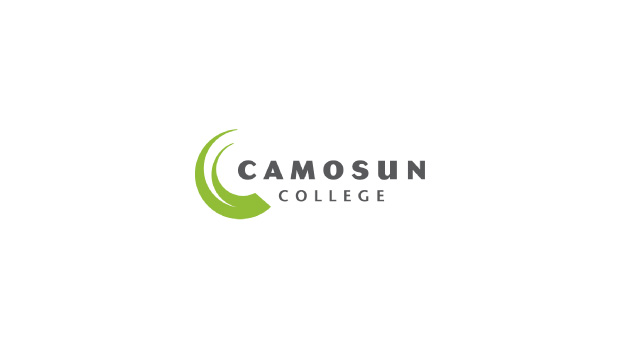Intro
Learn about oil spills, an environmental disaster, and the cutting-edge scientific discoveries being developed and employed to clean them up!
Volunteers: 3-6
1: to discuss the procedure/background science.
1-3: to hands-on assist with the procedure.
1: to monitor safety (especially if it’s a larger group of students).
Equipment
- Clear glasses or glass beakers (short and wide are best)
- Plastic spoons
- Gloves (due to handling of motor oil)
- *Hand Sanitizer (optional, to clean hands afterward)
- **Garbage bags, paper towels/surface cleaner (or other safe disposal method) (appropriate disposal method for motor oil + polymer pucks is particularly important)
- **Access to a sink
Materials
- Water (room temperature)
- Motor oil (or you may purchase safer “Marvel Mystery Oil” from Steve Spangler Science)
- Patented “Oil Spill Polymer” (purchased from Steve Spangler Science)
Procedure
- Fill a clear glass/beaker with room temperature water to around ¾ full
- Gently pour 2 spoonfuls of motor oil into the cup, creating a clearly demarcated oil layer on top of the water layer (do not disturb or disrupt this liquid separation)
- Try to scoop out the oil with a plastic spoon (it won’t be easy or quick and a lot of water would come out alongside the oil)
- Gently pour 2 plastic spoonfuls of the “Oil Spill Polymer” into the cup
- Gently smooth the polymer around the top of the liquid with a plastic spoon, push it down gently into the oil layer
- Wait 2 minutes for the “Oil Spill Polymer” to fully absorb the oil layer, becoming a combined “Oil Spill Polymer + Oil” puck (watch closely as this reaction takes place!)
- Scoop out the “Oil Spill Polymer + Oil” puck and place it on a paper towel to observe
- With more time the puck will become more rubberized and hard
- Dispose of the puck appropriately
Background Science
Learning Question: What is this specialty “Oil Spill Polymer” doing?



The chemical formulation of the “Oil Spill Polymer” is a carefully guarded trade secret and a patent application has been made. However, the inventor agreed to share some limited information about it for educational purposes. The chosen liquid hydrocarbon source (crude oil, motor oil, diesel fuel, gasoline, “Marvel Mystery Oil”, etc.) consists of three basic components: paraffinics, naptinics, and aromatics. The “Oil Spill Polymer” is formulated to specifically bond to all three of these components. The bonding mechanism involves three-dimensional cross-linking so as many as possible liquid hydrocarbon molecules are captured by the “Oil Spill Polymer”. According to the manufacturer, the “Oil Spill Polymer” 3-D structures are referred to as dieblock, triblock, branched, radial, and linear.
When the “Oil Spill Polymer” comes into contact with a liquid hydrocarbon, the free liquid hydrocarbon molecules bond to the “Oil Spill Polymer” forming a solid mass. The structure and density of the “Oil Spill Polymer” are great enough to allow it to sink through the liquid hydrocarbon material, maximizing its bonding potential. There is no need for mixing. The hydrophobic (water avoiding) properties of the “Oil Spill Polymer” further allow it to avoid interacting with the water, rather, floating on top, making it easy to remove from the water.
Please see Steve Spangler Science for further information and purchasing.




























